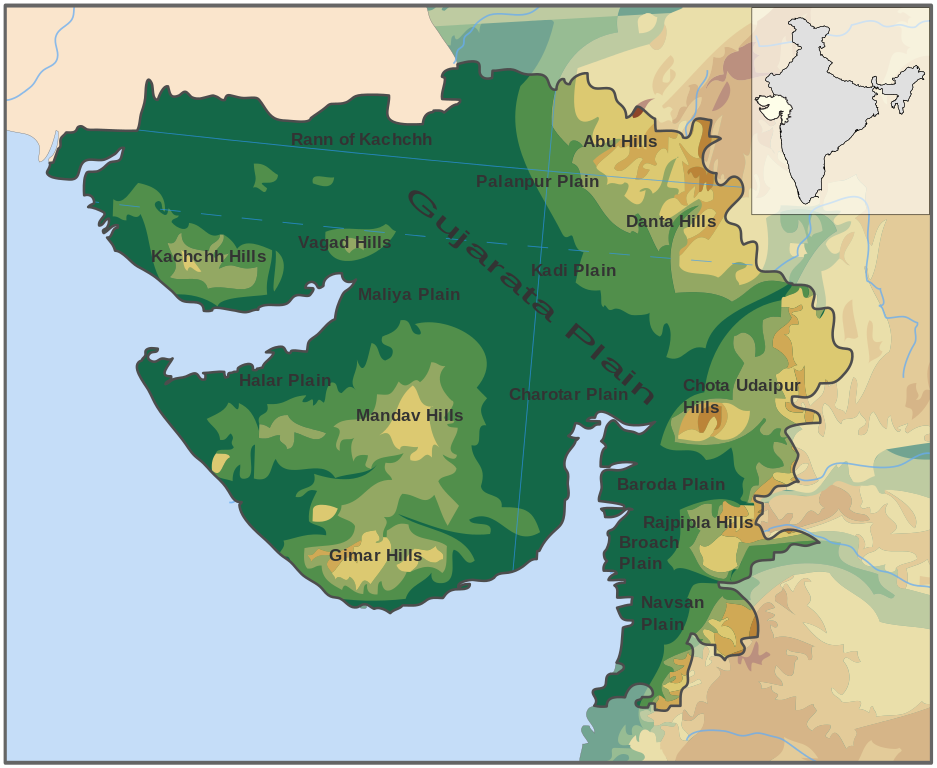With a maximum tariff of Rs2.7/kWh, the 700 MW solar project tender floated by state utility Gujarat Urja Vikas Nigam Limited (GUVNL) has attracted bids for only 600 MW of generation capacity.
And it was not the first time the chunk of new capacity offered under Phase III of the Raghanesda Solar Park was tendered. The first attempt to attract developers, in September, proved attractive enough, with bidders for a total capacity of 1.25 GW coming forward. But that exercise did not include a tariff ceiling and was cancelled in January after GUVNL decided the lowest 700 MW worth of bids were still too high.
Softbank-backed SB Energy thought it had secured 250 MW of capacity with a lowest bid of Rs2.84/kWh while Finland’s Fortum, which bid for 250 MW, and France’s Engie (200 MW) had quoted Rs2.89. Interestingly, the lowest bids for the entire 700 MW were lodged by foreign concerns.
GUVNL re-tendered the capacity in March with a Rs30 lakh/MW reduction in solar park charges as an incentive. But the addition of a maximum tariff appears to have put off bidders.
Previous success
In February, a 500 MW auction held by the utility provoked aggressive bidding and was oversubscribed by 545 MW. In that procurement exercise, U.S.-based UPC Energy Group secured 50 MW with the lowest tariff, of Rs2.55/kWh. The highest successful tariff was the Rs2.68 ReNew Power quoted for a 105 MW slice of the pie. Orange Renewable, with 120 MW of capacity, the Gujarat State Electricity Corporation Ltd (75 MW), and Adani Green Energy (150 MW) were all successful at Rs2.67.
Gujarat is the first Indian state to set up wind parks and wind-solar hybrid parks. The state mandated through a new land policy that all future central government solar, wind and hybrid projects will have to be built inside such zones to ease power evacuation.
The state government has also announced a plan to increase the share of renewables in its total energy mix from 10% to 17% per cent by 2022. To meet the renewable purchase obligation targets of its power distribution utilities, Gujarat plans to have an operational solar power capacity of 5.5 GW – plus 1.5 GW of wind capacity – by March 2022.
This content is protected by copyright and may not be reused. If you want to cooperate with us and would like to reuse some of our content, please contact: editors@pv-magazine.com.








By submitting this form you agree to pv magazine using your data for the purposes of publishing your comment.
Your personal data will only be disclosed or otherwise transmitted to third parties for the purposes of spam filtering or if this is necessary for technical maintenance of the website. Any other transfer to third parties will not take place unless this is justified on the basis of applicable data protection regulations or if pv magazine is legally obliged to do so.
You may revoke this consent at any time with effect for the future, in which case your personal data will be deleted immediately. Otherwise, your data will be deleted if pv magazine has processed your request or the purpose of data storage is fulfilled.
Further information on data privacy can be found in our Data Protection Policy.